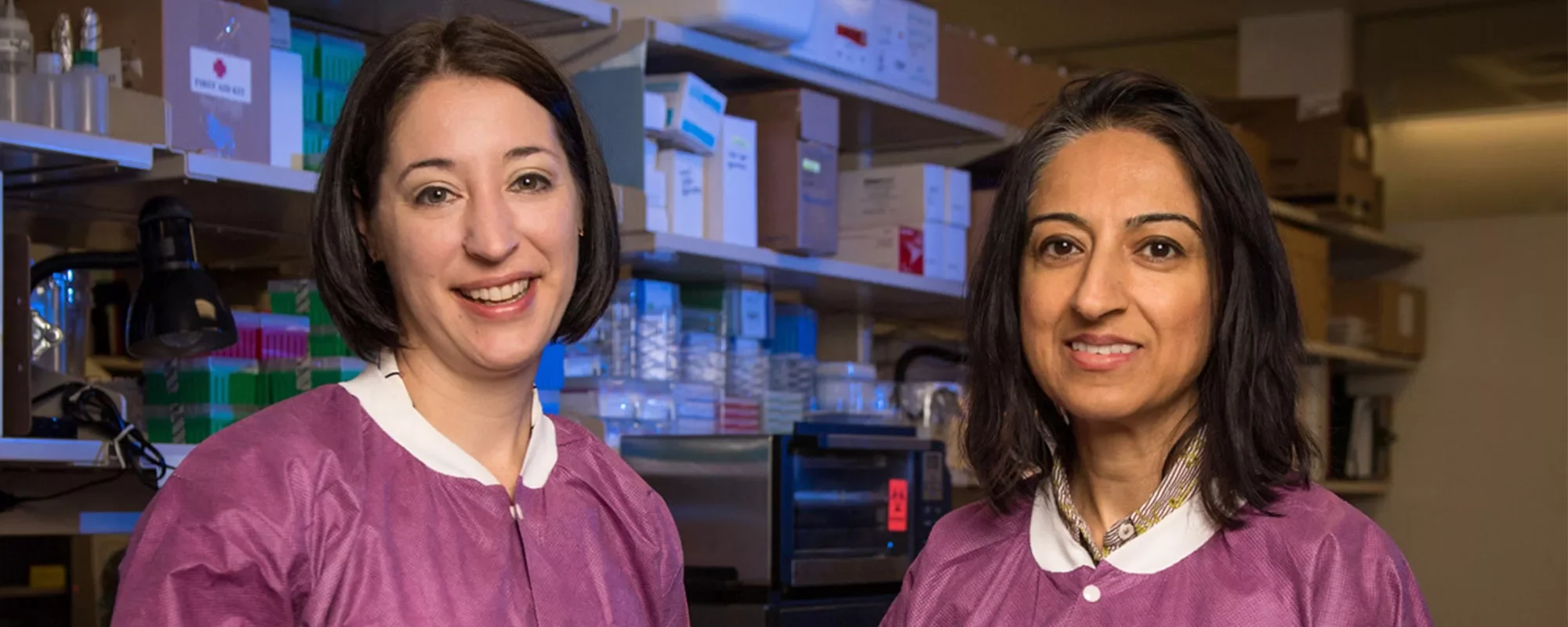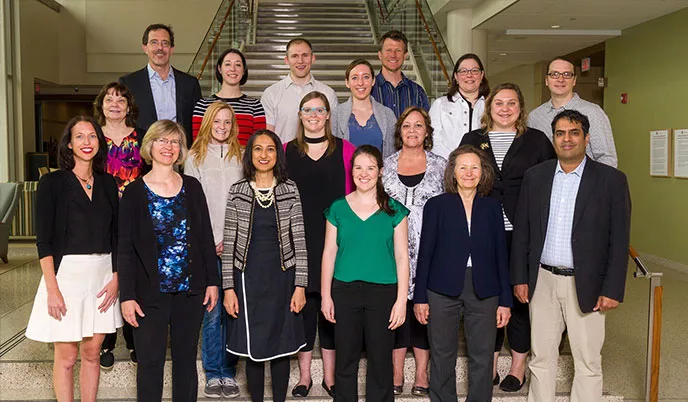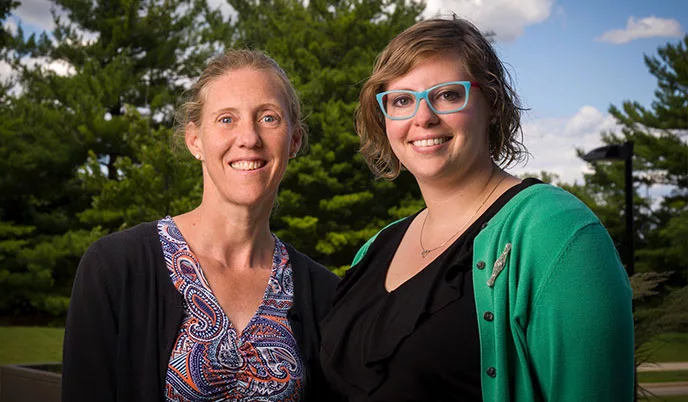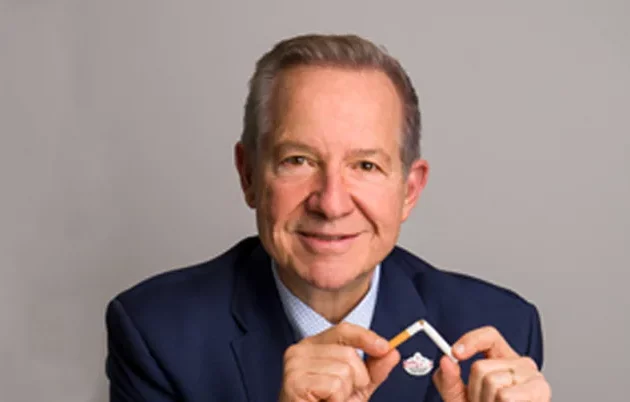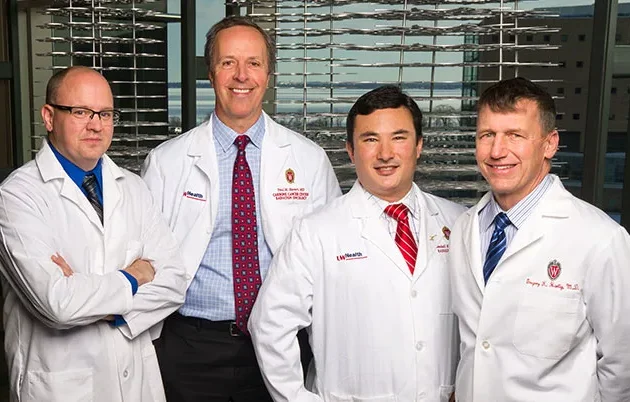From Show to Warrior
The SHOW study, which is the only statewide public health monitoring program in the nation, has enrolled more than 6,000 individuals from 62 of Wisconsin’s 72 counties since 2008. Further, it has enrolled more than 700 children since 2014.
SHOW’s methods involve having trained interviewers visit randomly selected households, within randomly selected counties, to collect survey data, biological samples and physical measurements — such as height, weight and blood pressure — from all household members who legally consent to participate.
Asked why SHOW is the only program of its kind, Peppard credits the University of Wisconsin School of Medicine and Public Health for its foresight to build important population health programs, which have been integral to the school’s transformation into a school of medicine and public health.
“It seems like an oversight by the other 49 states, especially since the importance of this type of study has been recognized for decades at the federal level,” he adds.
SHOW has been continuously funded by the University of Wisconsin School of Medicine and Public Health’S Wisconsin Partnership Program (WPP) since 2006, with intermittent additional support from federal agencies. The beauty of the project is that its existing infrastructure is available to other investigators — who have raised independent funds — for ancillary studies of narrower research topics, such as the microbiome’s role in antibiotic resistance.
SHOW interviewers refer to “the Wisconsin microbiome study” when they explain its rationale to potential participants, but the founding investigators called it the War on Antibiotic Resistance in Wisconsin, or WARRIOR. Those leaders are Nasia Safdar, MD, PhD (PG ’00, ’09), associate professor of infectious diseases at the University of Wisconsin School of Medicine and Public Health and the William S. Middleton Memorial Veterans Hospital, and Ajay Sethi, PhD, MHS, associate professor of population health sciences. They admit that WARRIOR is not the most logical acronym, “but it seemed to give us momentum, like names sometimes do,” Safdar says.
